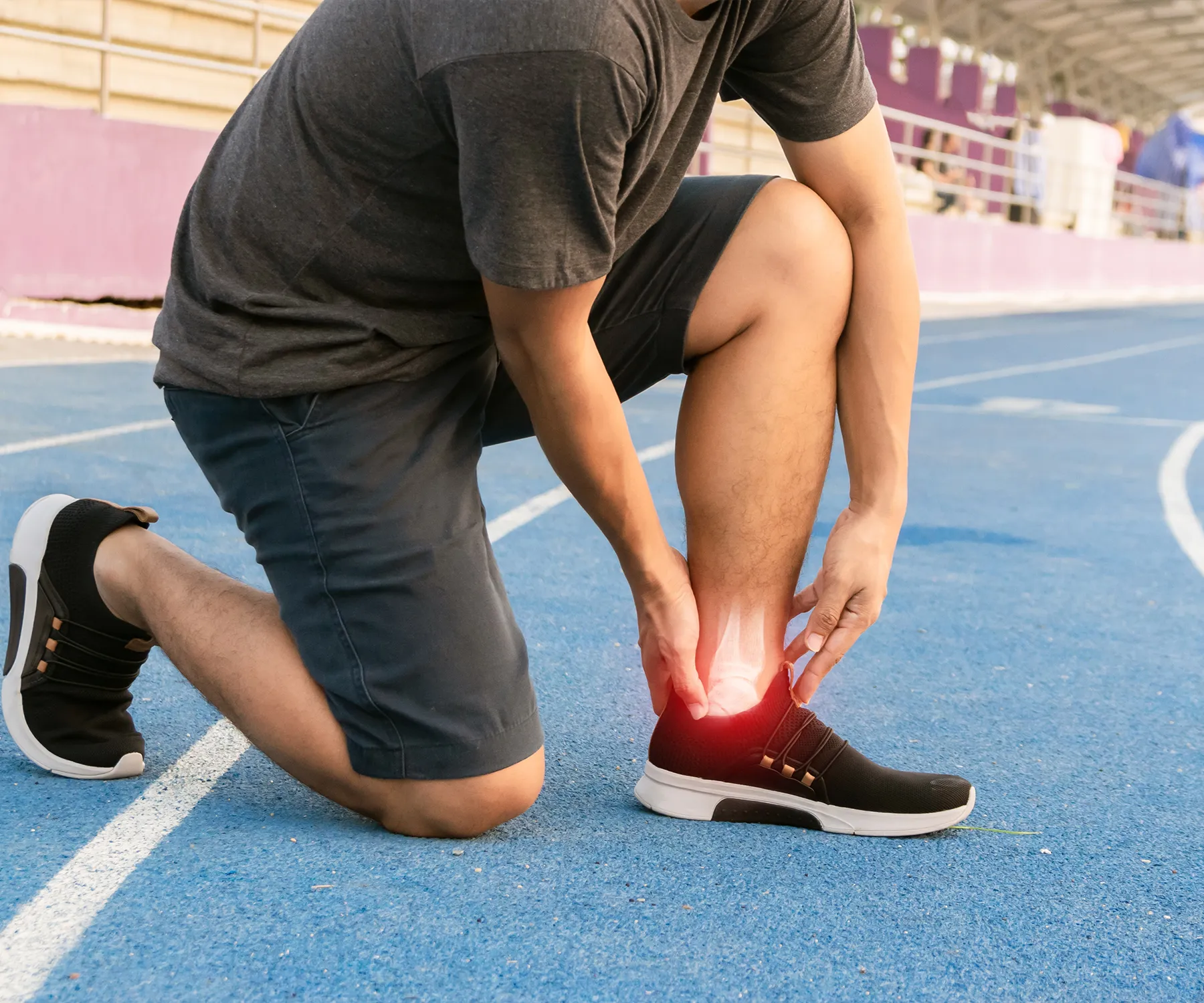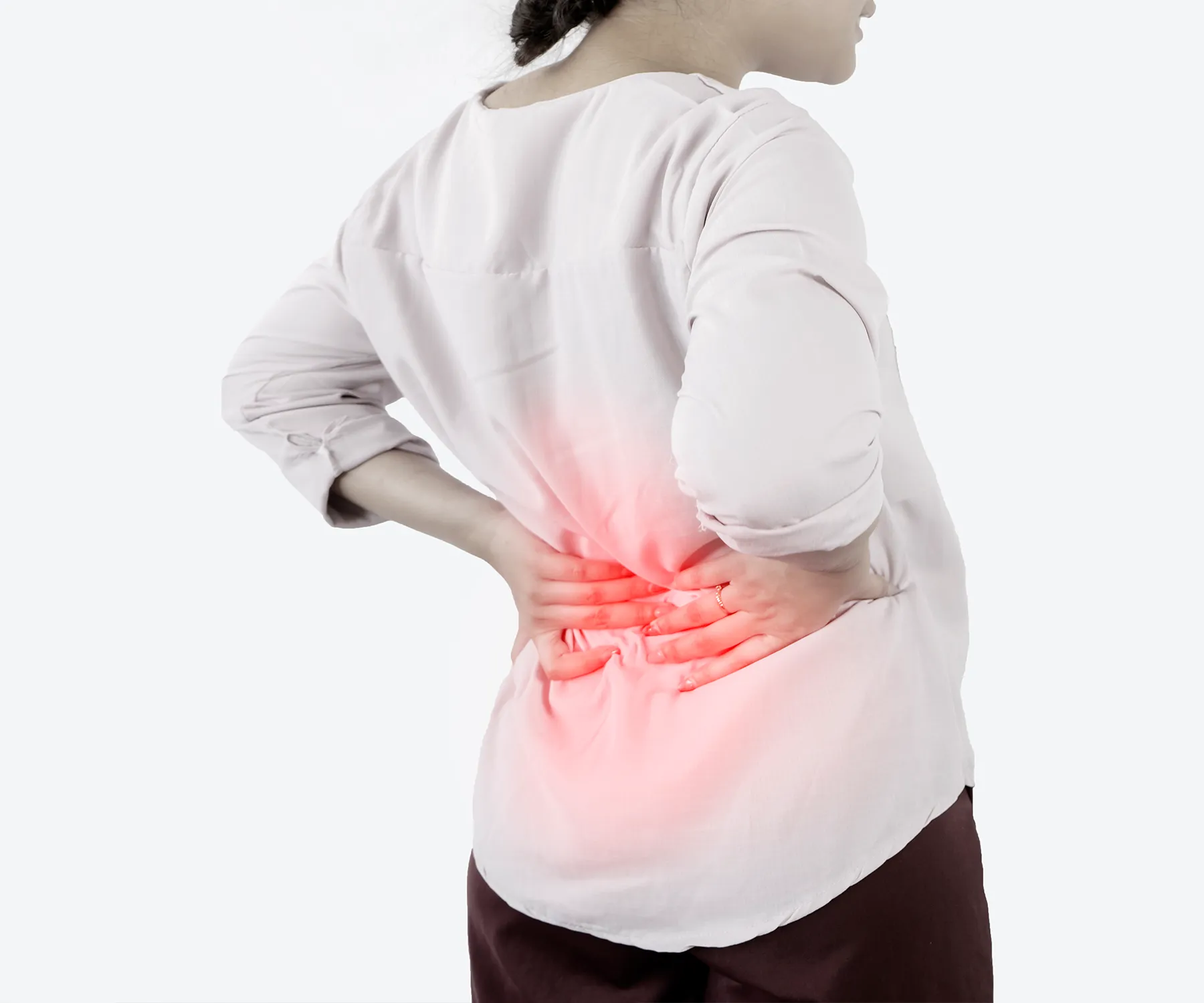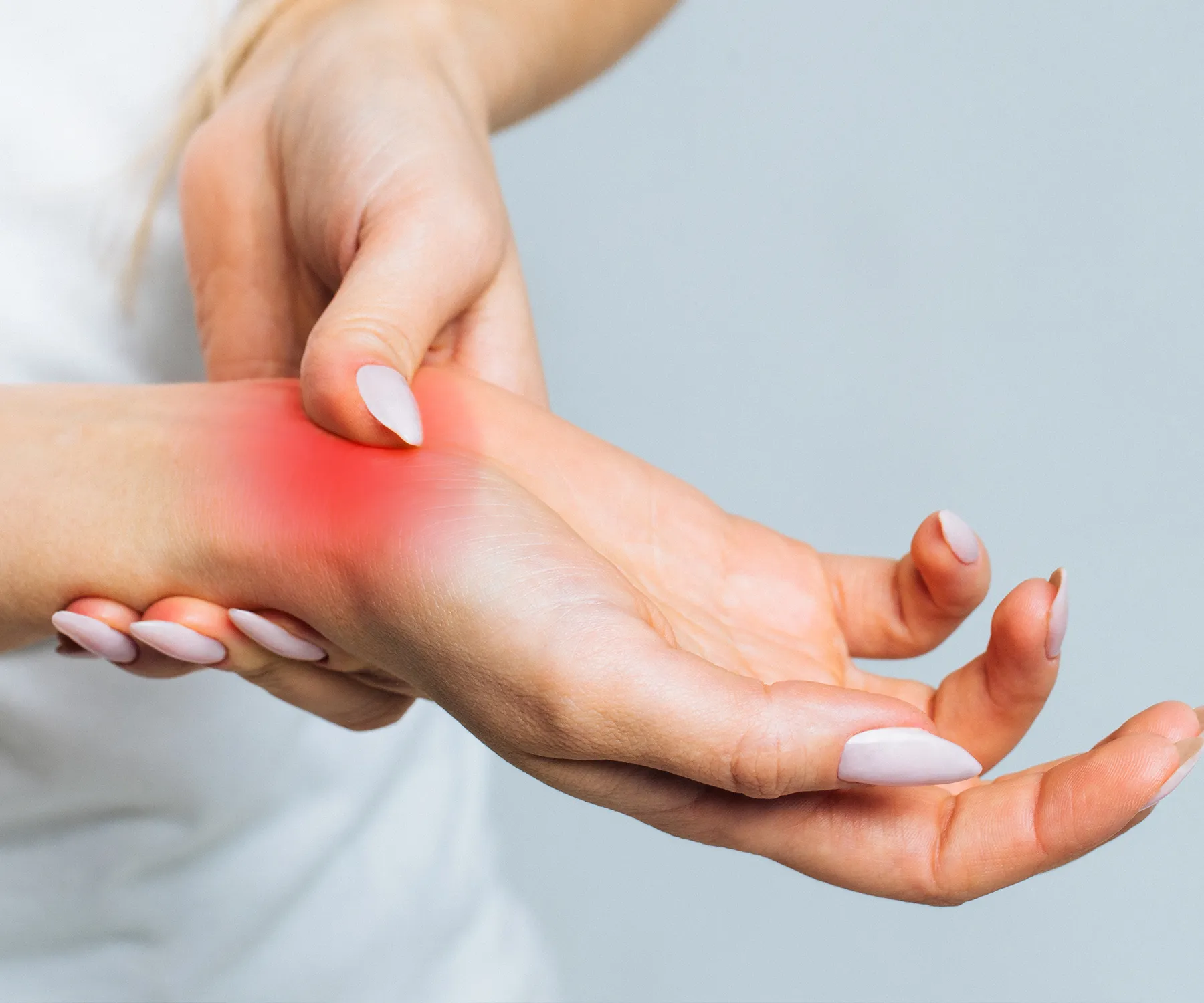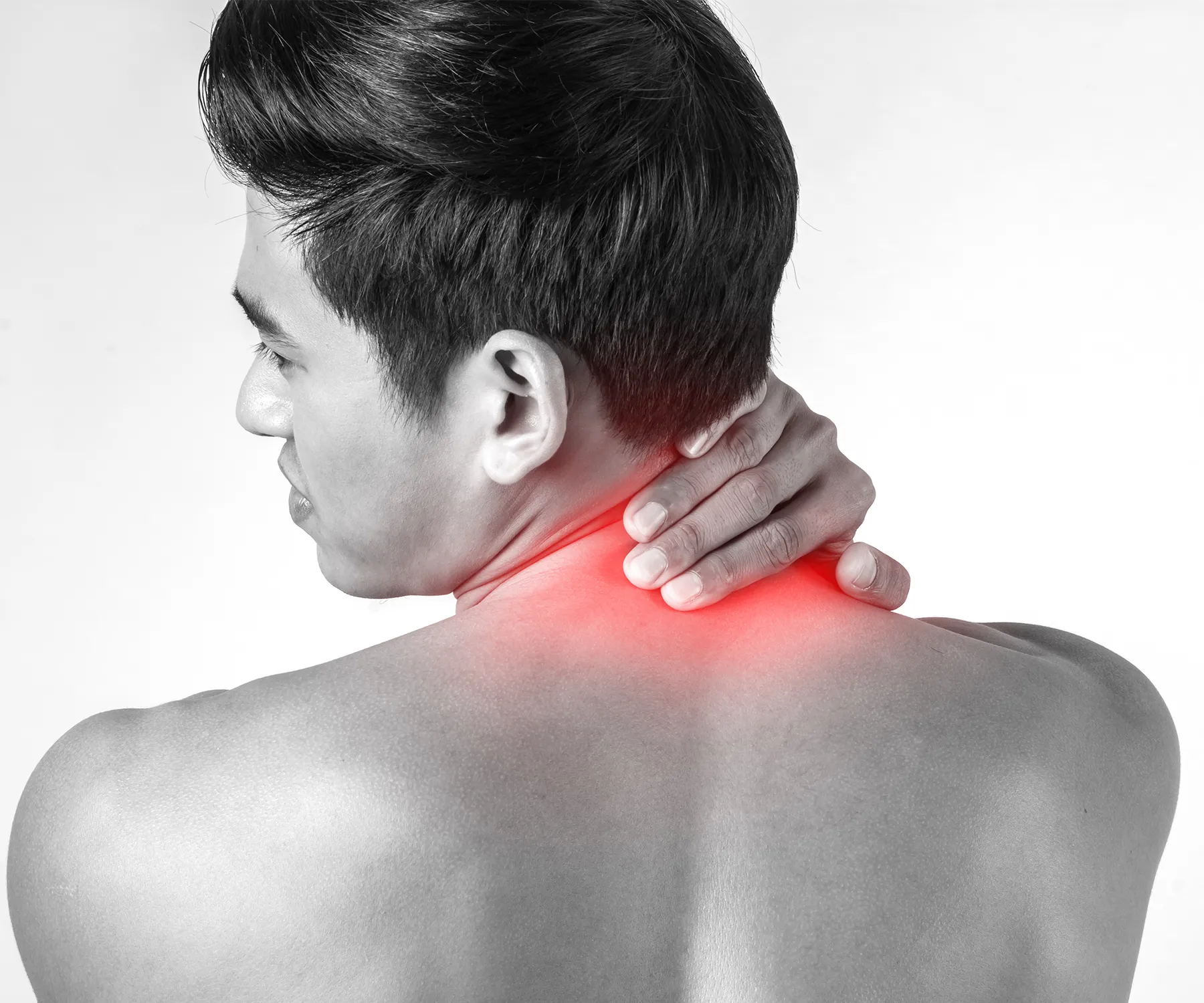Has this been happening to you lately?
Pain
Intermittent or persistent. Can range from mild to severe, depending on the underlying cause
Tenderness
May feel tender to the touch, and pressure on the elbow might exacerbate the discomfort
Swelling
Swelling around the joint may cause the elbow to appear larger than usual
Stiffness
Leading to limited range of motion and difficulty in bending or straightening the arm fully
Weakness
Making it challenging to perform tasks that require gripping or lifting objects
Popping
Clicking sounds when moving elbow, could indicate certain joint issues
Tingling
These sensations, can extend down the forearm and into the fingers
Mobility-led Pain
May worsen when performing specific movements, such as lifting, twisting, or gripping objects
What causes an Elbow Pain?
Elbow discomfort can result from disorders like tennis elbow (lateral epicondylitis) or golfer’s elbow (medial epicondylitis), as well as injuries like sprains, strains, or fractures. Elbow pain can also result from nerve compression illnesses like cubital tunnel syndrome, inflammatory conditions like bursitis or arthritis, or bursitis. Numerous activities, including overusing the joint repeatedly, like when playing tennis or typing, using a mouse, or performing repetitive tasks might result in elbow pain.
Physiotherapy for elbow pain provides relief by
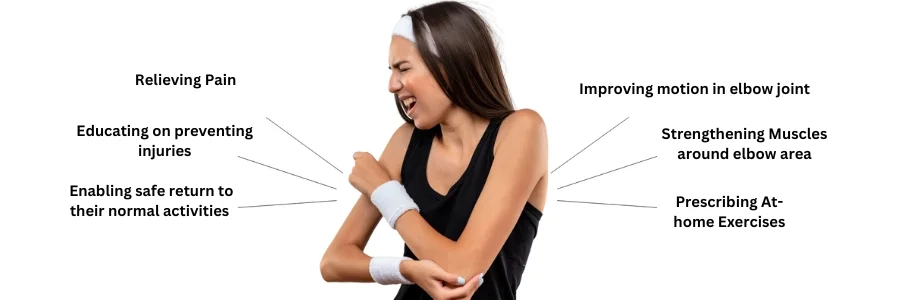
FAQs related to Elbow Pain
What is the most common cause of elbow pain?
Overuse or repetitive strain is the most common cause of elbow pain. Tennis elbow and golfer’s elbow are two conditions that can be brought on by activities like typing, sports, or repetitive motions. The area around the elbow joint gets inflamed and painful as a result of these injuries. While rest, ice, and avoiding repetitive motions might help with pain relief, consulting a healthcare professional is advised for a proper diagnosis and course of therapy.
What is the most common elbow condition?
Tennis elbow is the most prevalent elbow disorder. It develops as a result of overusing the tendons and muscles of the forearm, which causes pain and swelling on the outside of the elbow. Despite its name, tennis elbow can also affect people who do not play tennis or are not into sports.
How do I know if I have an elbow fracture?
Keep an eye out for typical symptoms of an elbow fracture, such as excruciating pain, swelling, bruising, trouble moving the elbow, and an obvious deformity. A crack or soreness may also be audible or felt at the scene of the injury. Seek immediate medical assistance if you suffer these symptoms after falling or taking a direct blow to the elbow. To establish the existence of a fracture and choose the best course of therapy, X-rays or other imaging tests will be required.
Will painkillers help reduce my elbow pain?
Yes, using medications can ease elbow pain. Ibuprofen or acetaminophen, both available over-the-counter, can temporarily ease mild to moderate pain and lessen inflammation in the affected area. However, they must be used exactly as prescribed by a medical practitioner, and they are not a permanent fix. It is best to see a doctor or physiotherapist for elbow pain – to get proper diagnosis and treatment plan if your elbow discomfort intensifies or lingers.
How much time does it take to recover from tennis elbow?
Depending on the severity of the problem and the chosen treatment, tennis elbow healing times vary from person to person. Rest and physiotherapy may speed up healing in moderate cases by a few weeks to a few months. Recovery could take several months in more severe cases or if neglected. To promote a quicker and easier recovery, it is essential to adhere to the recommended treatment schedule and refrain from engaging in activities that make the pain worse.
How can I prevent elbow pain/ elbow injury?
There are numerous steps you can take to avoid elbow pain:
1. Limit repetitive motions and take breaks when engaging in elbow-straining activities, particularly when participating in sports or occupational duties.
2. To lower the chance of injury, warm up your muscles and joints before engaging in physical activity.
3. To support your elbow, regularly undertake activities that strengthen the forearm and upper arm muscles.
4. Keep your shoulders back and your arms and elbows relaxed as you go about your everyday activities.
5. To lessen the strain on your elbows, make sure your work area and athletic equipment are adjusted properly.
6. Regular stretching can assist your forearm and arm muscles become more flexible and prevent stiffness.
7. Give your elbows some downtime in between activities, and if you develop chronic pain, visit a doctor.
You may lessen your risk of experiencing elbow pain and keep your elbows healthy and functional by adhering to these preventative steps.
Does physiotherapy provide relief from elbow pain?
Yes, physiotherapy for elbow pain works. At Telephysio, we can identify the pain’s primary cause and provide a customized treatment plan to manage it. To lessen pain, inflammation, and encourage healing, they may employ methods like physical therapy, exercises, and modalities like ice or ultrasound. With the help of physiotherapy, patients can experience relief and regain full use of their elbows by strengthening the supporting muscles and enhancing elbow function.
Do I need surgery to treat elbow pain?
No, not always. When non-surgical options like rest, physiotherapy, and pain management are ineffective, or when there is a major injury or structural problem with the elbow joint, surgery is frequently considered. The majority of elbow pain situations can be successfully addressed without surgery. It is crucial to speak with a medical expert who can assess your condition and suggest the best course of action based on the kind and degree of your elbow discomfort.
What options are available for elbow pain treatment?
There are numerous ways to address elbow pain, including:
1. Rest and Activity Modification
2. Exercises, manual treatment, and other modalities are used in physiotherapy for elbow pain to strengthen muscles and alleviate discomfort.
3. Anti-inflammatory drugs or over-the-counter medicines can help control pain and inflammation.
4. Bracing or taping offers stability and support to the elbow while it heals.
5. Injections to lessen inflammation in more severe cases, corticosteroid injections may be administered.
6. Surgery is only used in serious or persistent conditions after all other therapies have failed.

